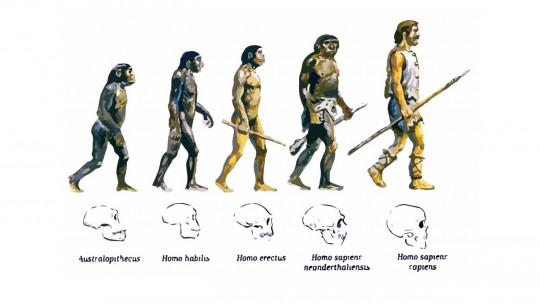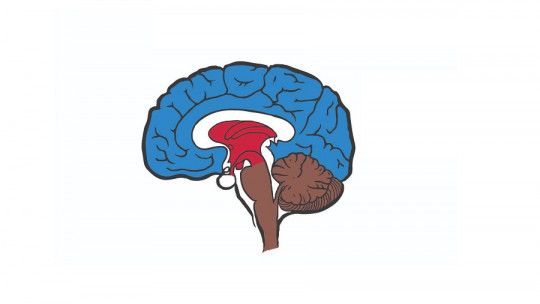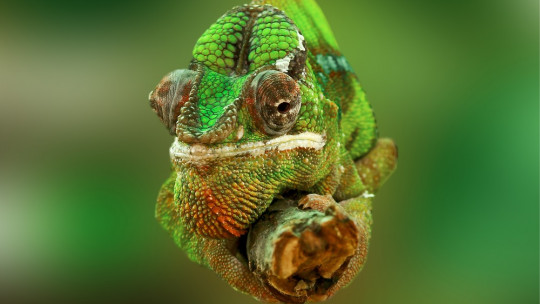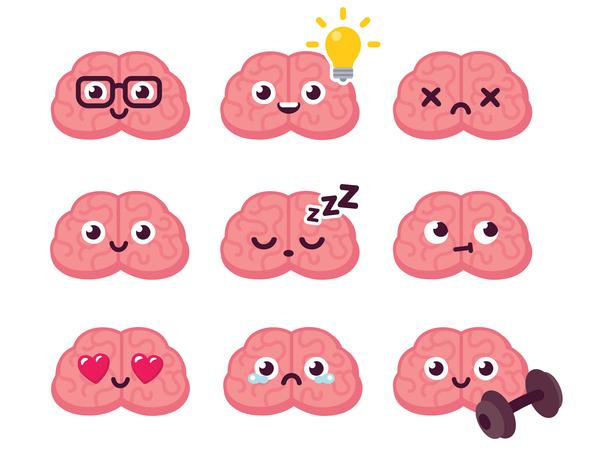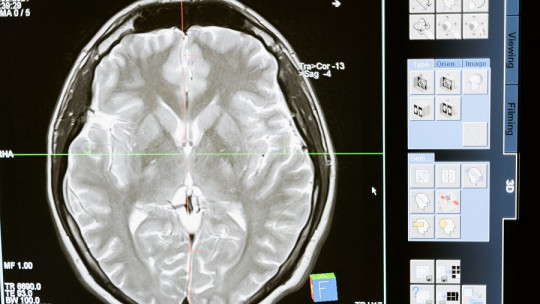For centuries, the question of how different forms of life have arisen has been a question that has fascinated humanity. Myths and legends have been created around this issue, but More complete and systematic theories have also been developed
The Lamarck theory It is one of the most famous attempts to propose an idea of the evolution of species in which there is no divine intelligence directing the process.
Who was Lamarck?
The person who proposed what we know today as Lamarck’s theory was Jean-Baptiste de Lamarck was a French naturalist born in 1744. In his time, the study of living beings was a totally different discipline from what biology is today, and that is why it held ideas related to the functioning of natural processes in which the divine intervened, something that would be scandalous by current scientific standards.
Lamarck made biology largely independent of religion proposing a theory of evolution in which intelligences from beyond had no role
What was Lamarckism?
Before the English naturalist Charles Darwin proposed the theory of evolution that would change the world of biology forever, Lamarck’s theory already proposed an explanation about how different forms of life could have appeared without the need to resort to one or more gods.
His idea was that although the origin of all forms of life could be created spontaneously (presumably by the direct work of God) but that, after this, evolution took place as a product of a mechanical process resulting from physical properties and chemistries of the matter from which organisms are made and their environment.
The basic idea of Lamarck’s theory was the following: the environment changes, life forms struggle to continually adapt to the new demands of their habitat , these efforts modify their bodies physically, and these physical changes are inherited by their offspring. That is to say, the evolution proposed by Lamarck’s theory was a process that is based on a concept called inheritance of acquired characteristics: Parents transmit to their children the traits they acquire from how they relate to the environment.
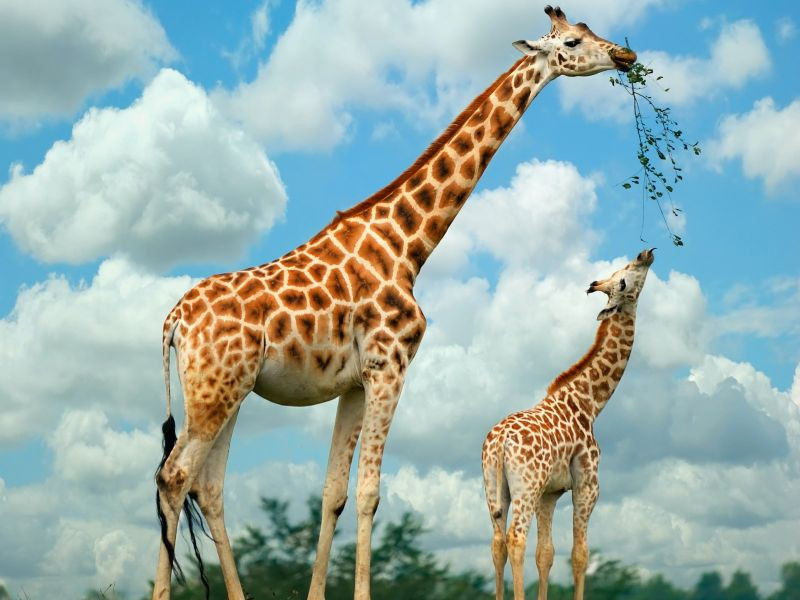
Let’s see how this hypothetical process worked using the most famous example of Lamarck’s theory: the case of giraffes stretching their necks.
The example of the giraffes and Lamarck
At first, an antelope-like animal sees its environment become increasingly dry, so that grass and bushes become increasingly scarce and it needs to resort to feeding on tree leaves more frequently. . This makes stretching the neck one of the defining habits of the daily lives of some members of its species.
Thus, according to Lamarck’s theory, pseudo-antelopes that do not fight to access tree leaves by stretching their necks tend to die leaving little or no offspring, while those who stretch their necks not only survive since having their neck stretched out lengthens it, but this physical characteristic (a longer neck) is transmitted to their inheritance.
Thus, With the passage of time and generations, a way of life appears that did not exist before: the giraffe
From simplicity to complexity
If we move from the first level of describing the process by which one generation passes its acquired characteristics to the next, we will see that the explanation by which Lamarck’s theory tries to account for the diversity of species is quite similar to those ideas of Charles Darwin.
Lamarck believed that the origin of species was embodied in a very simple form of life that, generation after generation, gave way to more complex organisms. These late species carry traces of the adaptive efforts of their ancestors with which the ways in which they could adapt to new situations are more diverse and give way to a greater variety of ways of life.
What is wrong with Lamarck’s theory?
If Lamarck’s theory is considered an outdated model, it is, first of all, because today it is known that individuals have a limited range of possibilities when it comes to modifying their body with its use. For example, necks do not lengthen simply by stretching them, and the same thing happens with legs, arms, etc.
In other words, using certain strategies and parts of the body a lot does not cause them to adapt their morphology to improve the fulfillment of this function, with some exceptions.
The second reason Lamarckism fails is because of its assumptions about the inheritance of acquired abilities. Those physical modifications that do depend on the use of certain organs, such as the degree of muscularity of the arms, are not transmitted to offspring automatically, since what we do does not modify the DNA of the germ cells whose genes are transmitted during reproduction.
Although it has been proven that some forms of life transmit their genetic codes to others through a process known as horizontal genetic transfer, this form of modification of the genetic code is not the same as that described in Lamarck’s theory (among other things because In his time the existence of genes was not known).
Furthermore, a type of genes has recently been discovered whose function is restart the epigenome of the life forms that are being created in their zygote phase that is, ensuring that there are no acquired changes that can be inherited by offspring.
The differences with Darwin
Charles Darwin also tried to explain the mechanisms of biological evolution, but unlike Lamarck he did not limit himself to placing the inheritance of acquired characters at the center of this process.
Instead, he theorized about the way in which the pressures and demands of the environment and of the forms of life that coexist together cause, in the long run, certain traits are passed on to offspring more frequently than others which over time would cause a good part of the individuals of the species, or even almost all of them, to end up possessing that characteristic.
Thus, the progressive accumulation of these changes would cause different species to be created over time.
The merits of Lamarckism
The fact that this naturalist rejected the idea that miracles play an important role in the creation of all species meant that Lamarck’s theory of evolution was ignored or disparaged until the time of his death. Nonetheless Today Lamarck is widely recognized and admired Not because his theory was correct and served to explain the process of evolution, since Lamarck’s theory has become obsolete, but for two different reasons.
The first is that the way in which Lamarck conceived of evolution can be interpreted as an intermediate step between classical creationism, according to which all species have been created directly by God and remain the same through generations, and Darwin’s theory. , basis of the theory of evolution which is the current foundation of the science of biology.
The second is simply the recognition of the difficulties that this naturalist had to face when devising and defending the Lamarckist theory of evolution in its historical context at a time when the fossil record of life forms was scarce. and it was classified in a chaotic manner. Studying something as complex as biological evolution is not easy, because to do so you need to analyze in detail very specific aspects of life forms and build with it a highly abstract theory that explains the type of natural law behind all this. kind of changes.


